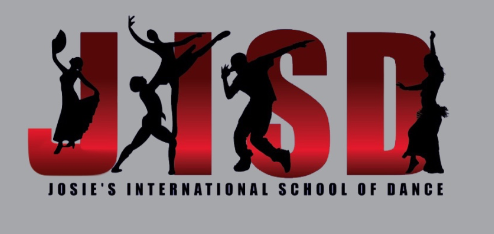Learning How To Practice: A Four-Part Series
/Practicing is a creative activity worth mastering. When it’s done right, it’s fun and it makes you feel good. Just like any other skill, you first have to learn how to practice. Once you’re consistent your practice will improve and remain enjoyable and you will see an incredible improvement in your dancing! Last week we introduced 6 tips to get us started practicing: Be Comfortable, Be Honest, Be Optimistic, Be Persistent, Be Consistent, Go Slow. In our Part 2 series on “Learning How To Practice” we will explore more concepts and ideas to help you practice. This blog series is adapted from musician Tom Heany's book First Learn to Practice.
PART 2: Moving Right Along (Concepts & Ideas To Help You Practice)
The origin of the word practice comes from “to take action, to do”. Once we take action and start practicing we have to set clear and practical goals. This makes it easier to measure our success.
Start by practicing ONE MOVE and get inspired with these concepts and ideas:
Be in charge. By choosing what you want to practice you have now put yourself in charge! You can pay close attention to your own body and see what your body needs in order to do the move correctly.
Be fully in the moment. Focus and concentrate on the movement and the technique necessary to perform your move well. Feel the different sensations in your body and how good it feels when you do the move correctly. Give yourself time to repeat the movement several times.
Instant feedback. Once you start practicing, give yourself feedback. Feedback can be both positive and negative, so find out what you need to do to give yourself positive feedback and keep moving forward from there. You’ll avoid mistakes this way and improve faster. You’ll care more about your practice and take it more seriously so you don’t waste time. You’ll develop confidence in your practice and stay on the right track. Just by giving yourself credit for practicing is instant positive feedback.
Emotion and imagination. Especially when practicing to music, try putting feeling into your movement and see your facial expression change. Try tapping into your emotions. You’ll enjoy your dancing more. Use your imagination to dream big! Imagination will help you get through the many hours of practice needed to improve.
Make your practice meaningful. By starting to practice, you’ve just given more meaning to your dancing. You’re taking your dancing seriously, you want to see an improvement and are willing to put in the time to practice. By setting realistic practice goals, you’ll realize that your practice is just as important as other activities and responsibilities in your life. Your practice becomes a valuable tool. Once you decide how much time you can practice, whether it’s 5 minutes or 1 hour, you’ll make time the most important thing on your day’s agenda, and you’ll enjoy the discipline.
Setting goals. Short and long term goals give forward motion to your practice. Goals help you avoid two common traps: (1) repeating the same move over and over without improving and (2) practicing with no direction. Both lead to boredom and frustration. By being consistent with your practice your movement will improve and then you can work on other movements or a series of movements. A realistic goal would be to successfully complete a series of 2-3 moves in one week.
Measure your success. By practicing you are instantly successful because you are creating discipline, planning, commitment and concentration in your dancing. You’ll experience increased personal growth from engaging in a disciplined, creative process over time. You’ll activate your 5 senses and more: touch, sight, hearing, motion, emotion, intellect, imagination, visualization, memory. You will be able to measure you success each week on your own and also in your class.
Stay tuned for Part 3 next week where we explore simple tools to help you practice.
In Part 4 we explore real practice stories from students and teachers to inspire you along the way!


